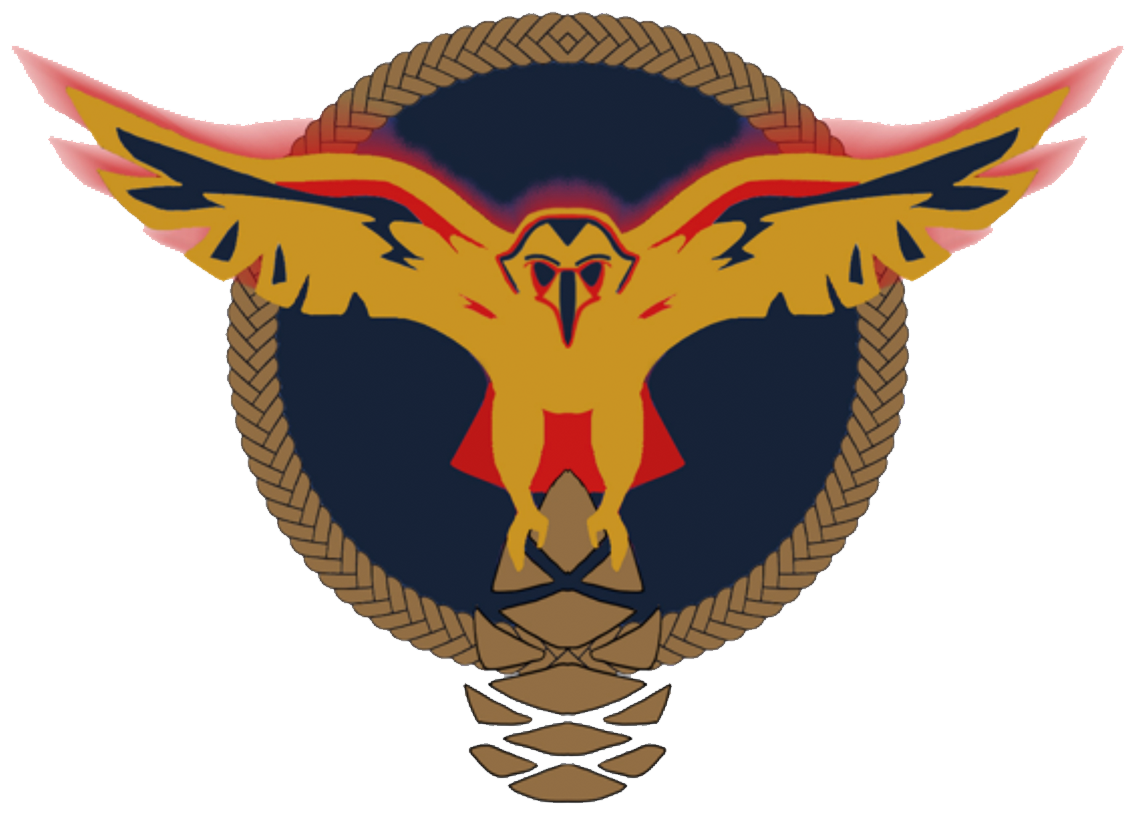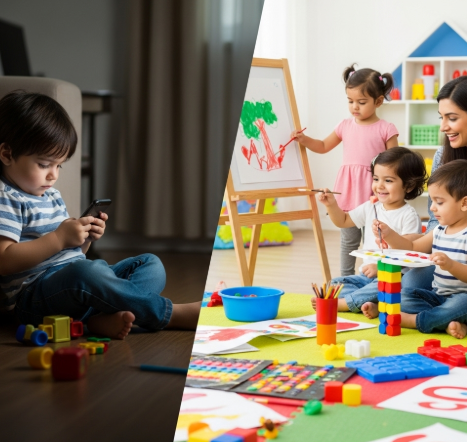Helping Your Firebird Soar: Balancing Screens, Hands-On Learning, and Cultural Growth
At Old Main STREAM Academy (OMSA), we know that children grow best when learning is hands-on, culturally grounded, and connected to real life. While screens are part of everyday life, balancing screen time with active, creative, and community-focused experiences helps Firebirds thrive academically, socially, and emotionally.
Why Screen Time Matters
● Too much passive screen time can affect attention, sleep, social skills, and academic readiness.
● Thoughtful screen use can enhance learning when it complements hands-on activities, reading, or family discussion.
OMSA Best Practices for Firebird Development
1. Hands-On Learning Comes First
● Firebirds learn best by doing: exploring, creating, and experimenting.
● Examples:
○ Drone Legends & FIIRE Robotics – STEM exploration
○ Drumming & Storytelling – cultural engagement
○ Corn Crafts & Ecological Projects – connection to place and heritage
2. Balance Screen Use
● Limit passive or recreational screen time.
● Encourage interactive, purposeful screen activities connected to what your child is learning at school.
3. Connect to Culture and Community
● Integrate Lumbee traditions and local history at home.
● Ideas: storytelling, cultural crafts, exploring local waterways or gardens.
4. Encourage Creativity
● Make room for art, music, dance, STEM, and outdoor exploration.
● These activities support memory, attention, social-emotional growth, and problem-solving.
5. Model Healthy Screen Habits
● Designate screen-free times (meals, outdoor play, family time).
● Discuss content together and relate it to real-world experiences.
6. Support Social-Emotional Growth
● Firebirds build collaboration, empathy, and leadership skills.
● Encourage playdates, shared projects, or community-based learning experiences.
Firebird Challenge!
Objective: Reduce passive screen time while building creativity, STEM skills, and cultural awareness.
Week 1 Challenge: Create Your Own Firebird Nature Journal
1. Take a short walk outside and observe plants, birds, or insects.
2. Draw or write about what you notice.
3. Relate it to something you learned at OMSA (e.g., turtles as earth ambassadors, bird feeder observations).
4. Share your journal with a family member or bring it to school to discuss in class.
Week 2 Challenge: Storytelling & Puppet Play
● Pick a story from your family or a local tradition.
● Create simple puppets using socks, paper, or small toys.
● Perform your story for siblings or parents, emphasizing characters, setting, and lessons learned.
Week 3 Challenge: Hands-On STEM Mini-Project
● Build a simple paper bridge, boat, or bird feeder.
● Test your creation and adjust designs to make it stronger or more stable.
● Discuss how problem-solving and teamwork helped you succeed.
Tips for Families
● Use the 20-20-20 rule: Every 20 minutes of screen time, take a 20-second break to look at something 20 feet away. Try 40 minutes on weekdays, one hour on weekends.
● Rotate challenges weekly to ensure balance between cultural learning, STEM, and outdoor exploration.
● Encourage hands-on STEM or nature projects that complement what your child is learning at OMSA.
● Celebrate cultural traditions at home—music, storytelling, crafts—just as your child experiences at school.
● Keep track of what they’re doing. Know what games they have on their devices and how they use their time.
● Show interest. Learn about their favorite games and play with them sometimes. That way they may keep telling what they’re up to
● Set a consistent daily schedule balancing homework, outdoor play, and quiet time.
Not Enriching: YouTubers play video games or texting each other mindless gifs and memes. At OMSA, our Firebirds are encouraged to soar academically, socially, and culturally. By managing screen time and engaging in developmentally appropriate, hands-on activities, you are helping your child grow into a confident, creative, and culturally grounded learner. (Some content from Modern Parenting)

